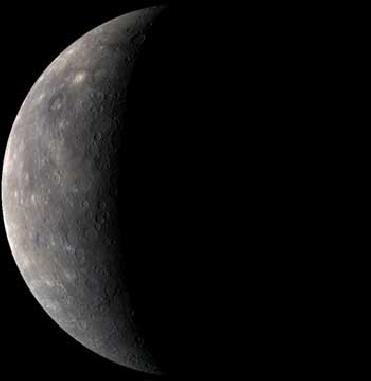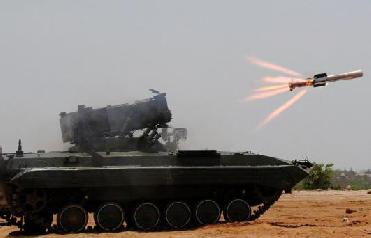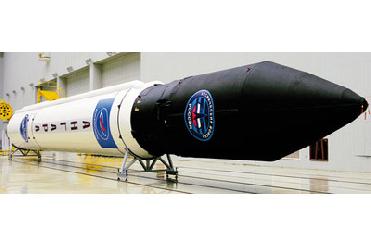
A MESSENGER colour observation of Mercury obtained as the spacecraft approached the planet for its third and final flyby on 29 September 2009. A NASA photo
WASHINGTON (BNS): The first spacecraft designed by NASA to orbit Mercury is giving scientists a new perspective on the planet's atmosphere and evolution.
The Mercury Surface, Space Environment, Geochemistry and Ranging spacecraft, known as MESSENGER, conducted a third and final flyby of Mercury in September, last year.
NASA said, data from the final flyby has revealed the first observations of ion emissions in Mercury's exosphere, or thin atmosphere; new information about the planet's magnetic substorms; and evidence of younger volcanic activity than previously recorded.
During its first two flybys of Mercury, the spacecraft captured images confirming that the planet's early history was marked by pervasive volcanism. The spacecraft's third flyby revealed a new chapter in that history within an impact basin 180 miles in diameter that is among the youngest basins yet seen.
The basin, recently named Rachmaninoff, has an inner floor filled with smooth plains that differ in colour from their surroundings. These sparsely cratered plains are younger than the basin they fill and apparently formed from material that once flowed across the surface.
"We interpret these plains to be the youngest volcanic deposits we have yet found on Mercury," said Louise Prockter, one of the spacecraft's deputy project scientists at APL and lead author of one of the three papers which are published online in the July 15 edition of Science Express.
"Other observations suggest the planet spanned a much greater duration volcanism than previously thought, perhaps extending well into the second half of solar system history."
For the first time, the spacecraft revealed substorm-like build-up, or loading, of magnetic energy in Mercury's magnetic tail. The increases in energy measured in Mercury's magnetic tail were very large. They occurred quickly, lasting only two to three minutes from beginning to end. These increases in tail magnetic energy at Mercury are about 10 times greater than at Earth, and the substorm-like events run their course about 50 times more rapidly.
Magnetic substorms are space-weather disturbances that occur intermittently on Earth, usually several times per day, and last from one to three hours.
"The extreme tail loading and unloading observed at Mercury implies that the relative intensity of substorms must be much larger than at Earth," said James A Slavin, a space physicist at NASA's Goddard Space Flight Center in Greenbelt.
"Every time we've encountered Mercury, we've discovered new phenomena," said Sean Solomon, the mission's principal investigator at the Carnegie Institution of Washington. "We're learning that Mercury is an extremely dynamic planet, and it has been so throughout its history. After MESSENGER has been safely inserted into orbit around Mercury next March, we'll be in for a terrific show."
 Previous Article
Previous Article Next Article
Next Article












The Indian Air Force, in its flight trials evaluation report submitted before the Defence Ministry l..
view articleAn insight into the Medium Multi-Role Combat Aircraft competition...
view articleSky enthusiasts can now spot the International Space Station (ISS) commanded by Indian-American astr..
view article